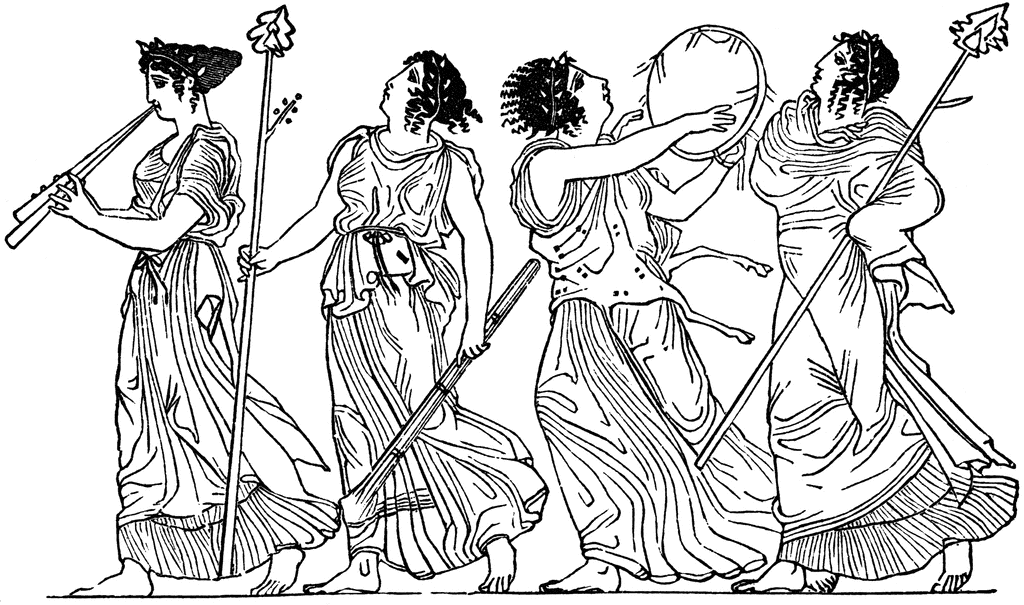It has been seriously asserted (mainstream biblical scholars should be taken seriously) that it would be “a miracle” if an ancient author, not living in Palestine, ever wrote a nonhistorical narrative about a nonhistorical Jesus that was set in real Palestinian towns and with characters bearing the names common among Palestinians.
Mind you, the same intellectual grants that most of the narrative in the Gospels is a mythologized overlay of whatever was a genuinely historical reminiscence. (Scholars even say the Jesus portrayed in the Gospels is not the historical Jesus but a “Christ of faith” who is, let’s be honest, a myth.) But we are left to understand that no such mythologization could possibly have extended to place or people names! They would have been sacrosanct from the beginning and remained so until the tale was finally set down in writing. Only then did various literate authors feel free to change some of the personal names and places. So disciples’ names vary, as do the locations of Jesus’ resurrection appearances. But a biblical scholar can publicly inform us that the “authenticity” of the personal and place names is itself a reliable indicator that the narrative can only derive from a genuine historical reminiscence.
Of course it is always possible to rationalize such differences. Dr James Crossley has said that he is perfectly happy to use conservative and evangelical arguments because statistically they must have something right and even Bart Erhman shares with James Patrick Holding an appeal to the same lack of imagination to insist that Jesus was definitely historical. So we find both scholars and anti-intellectuals using the same types of rationalizations to escape the consequences of their logical fallacies: Jesus cleansed the temple twice, Jesus was anointed twice, Jesus chose replacement disciples as some original choices inconveniently died off during his short ministry, a redactor could not make up his mind about two versions of the miraculous feeding so included them both, and so on.




 In my previous post I quoted John Taylor where he referenced chapter 5 of
In my previous post I quoted John Taylor where he referenced chapter 5 of 
